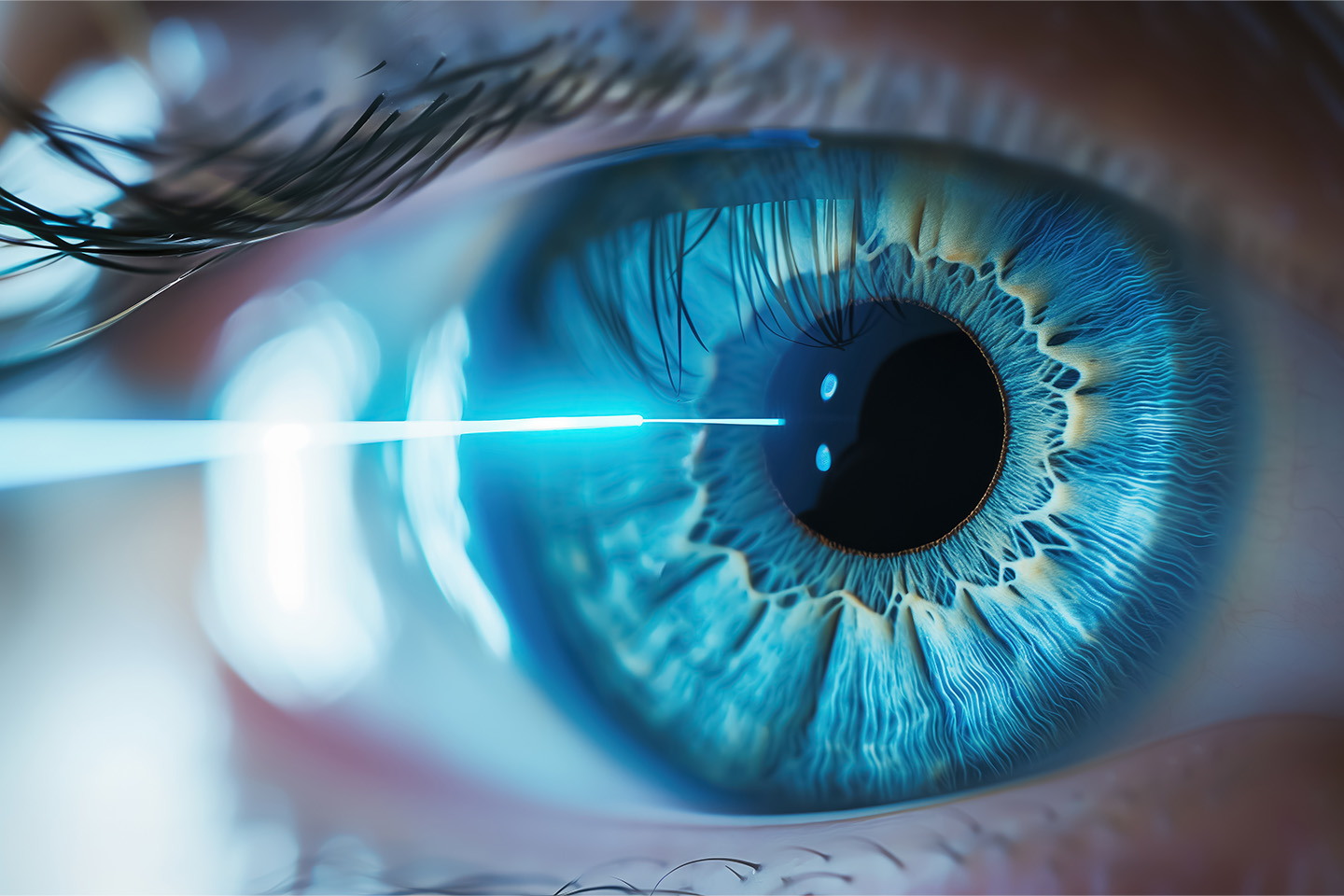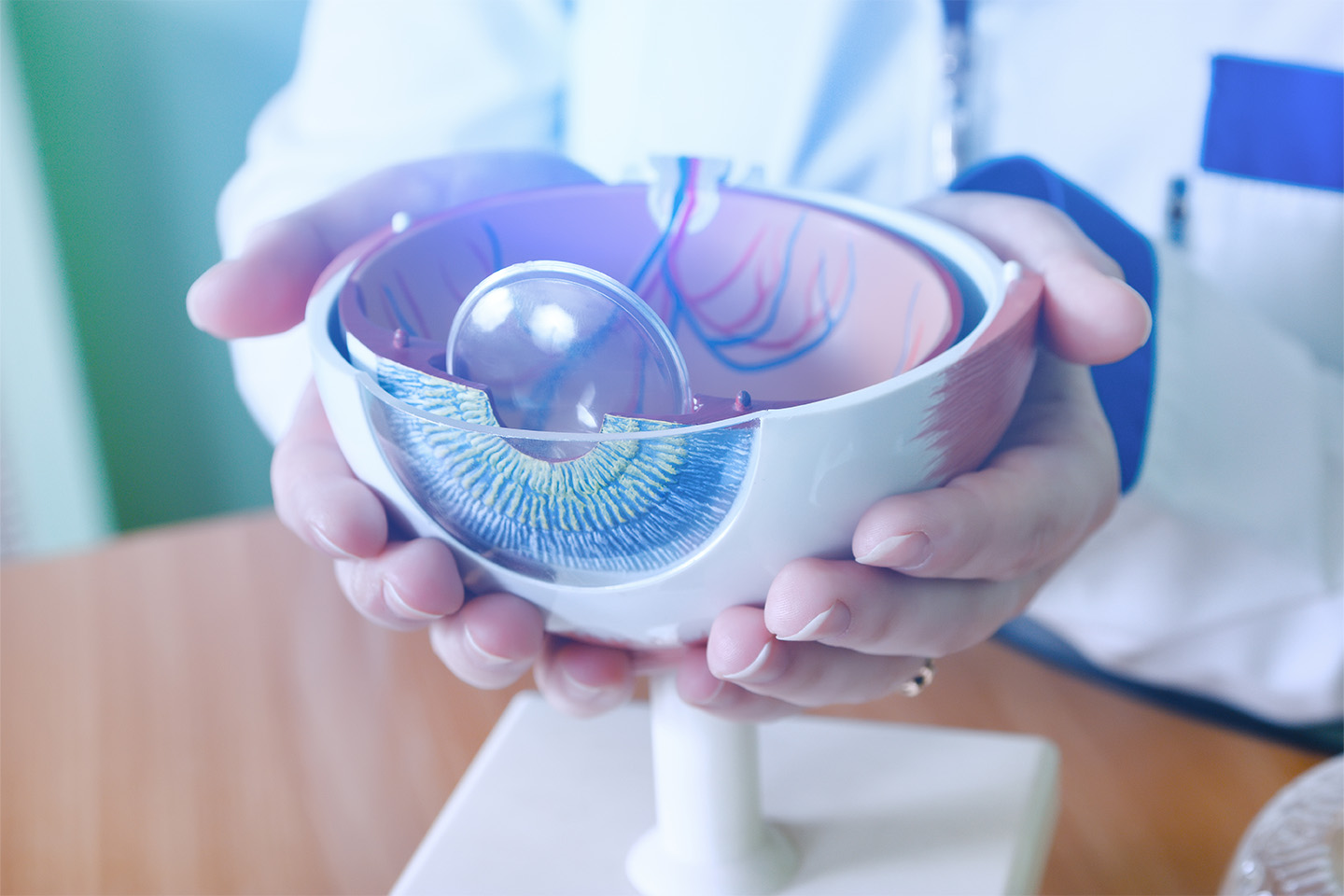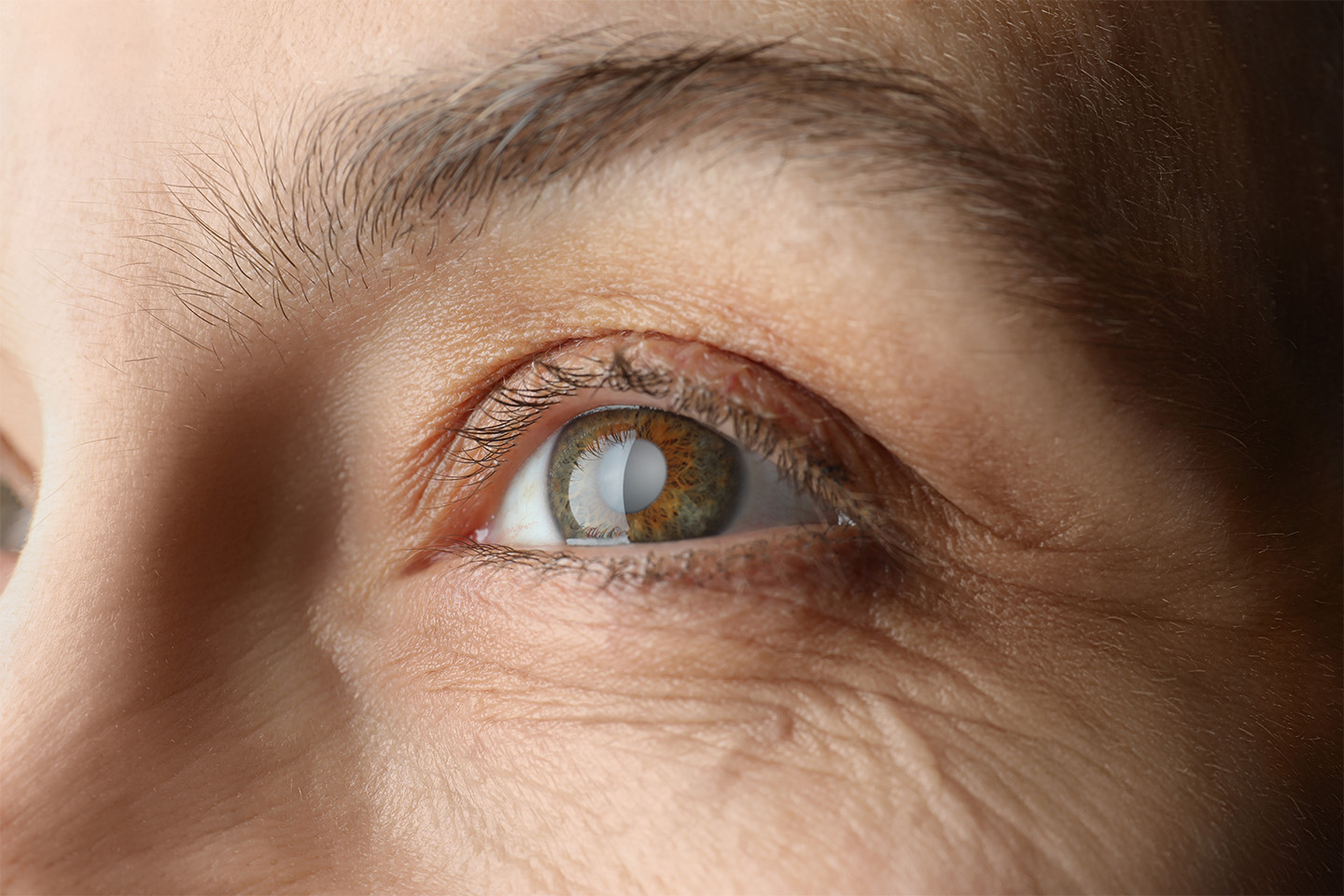Do Cataracts Affect Color Perception?

Our eyes are the windows to the colorful world in which we live. But as we age, certain conditions can compromise our ability to appreciate the vivid hues surrounding us. Cataracts are one such common condition, affecting the vision of more than 24 million Americans over age 40 and nearly half of all Americans by age 75.
What Are Cataracts and How Do They Impact the Eye?
Cataracts occur when the eye’s lens becomes cloudy due to the breakdown of proteins called crystallins. The natural lens works with the cornea to focus wavelength light entering the eye to the retina, which turns light into electrical signals that travel through the optic nerve to the brain. The brain then translates these signals into the clear, colorful images we see. Cataracts affect this process, causing blurred vision, dull color, and significantly impacting our perception of colors.
How Cataracts Affect Color Vision
Cataracts affect color vision in several ways, and they typically develop slowly over the years and are often unnoticeable until decades later. Early vision changes related to cataracts can indicate their presence and often include vision changes to how we interpret color, and respond to color in our surroundings.
Color Desaturation
One of the primary impacts of cataracts on color perception is color desaturation — a decrease in the intensity and vibrancy of colors. Vivid and bright colors appear dull, faded, or muted, which can make it difficult to appreciate art, nature, or even everyday tasks like choosing clothes.
Yellowing Effect
As cataracts progress, the proteins that clump together to form the cloudy lens may turn yellow and introduce a tint to our vision. This yellowish tint casts a warm and muted hue over the entire visual field and causes colors to appear more yellow or brown. This shift can significantly reduce blue-color discrimination.
Altered Color Discrimination
Cataracts can also make it challenging to distinguish between certain hues. As colors become dull and yellow, it may become difficult to differentiate between blues, purples, and browns. These subtle changes in color perception can impact tasks like cooking, selecting matching outfits, or identifying safety signals.
The Science Behind Color Vision
Color vision relies on the eye’s ability to interpret wavelength light through specialized photoreceptors in the retina called cones. These cones are sensitive to red, green, and blue light and work in tandem with the lens and cornea to focus images. Any condition that disrupts this process, such as a cloudy lens or related cataracts, can significantly affect color vision.
Other Visual Symptoms That Accompany Color Loss
Beyond changes in color vision, cataracts are often accompanied by other vision changes that can impact daily life:
- Glare and light sensitivity
- Double vision in one eye
- Blurred or cloudy vision
- Poor contrast sensitivity
- Increased dependence on light
- Dry or irritated eyes
These symptoms may also signal the presence of other eye diseases, including diabetic retinopathy or macular degeneration. Regular eye exams can help differentiate between related cataract and other issues.
How Cataracts Affect Quality of Life
The effects of cataracts and diminished color perception go beyond aesthetics. Loss of color vision can influence emotional well-being, independence, and productivity. Individuals in visually demanding careers like design, photography, or healthcare may notice the impact of cataracts more acutely.
Everyday activities such as driving, grocery shopping, and enjoying the outdoors may become more difficult. This can lead to frustration, reduced quality of life, and even mental health challenges in older adults.
Who Is Most at Risk?
Certain groups are more prone to cataracts and related vision changes:
- Adults over 60
- People with diabetic retinopathy
- Individuals with long-term UV exposure
- Those with a family history of cataracts
- People who smoke or use corticosteroids
Understanding your risk group can help you take proactive steps with eye exams and early intervention.
Cataract Surgery Restores Color Vision
Without treatment, cataract patients can experience significant vision loss or even blindness. Fortunately, cataract surgery is a quick and highly effective outpatient procedure that can restore clarity and improve color perception.
During surgery, the cloudy lens is removed and replaced with a clear, artificial intraocular lens. Many patients describe the results as life-changing, comparing it to switching from sepia tone to HD. The return of vibrant colors, sharper contrast, and improved light control can be immediate.
Why Early Detection Matters
Early diagnosis through comprehensive eye exams is key to preserving your eye health. Delaying treatment can lead to worsening symptoms and make surgery more complex. Our simple test can help determine whether you’re ready for a cataract surgery evaluation.
Trust Colorado’s Cataract Experts
At ICON Eyecare, we believe everyone deserves to see the world in its full spectrum of color. Our experienced surgeons use state-of-the-art technology to deliver outstanding outcomes
[DISPLAY_ULTIMATE_SOCIAL_ICONS]








